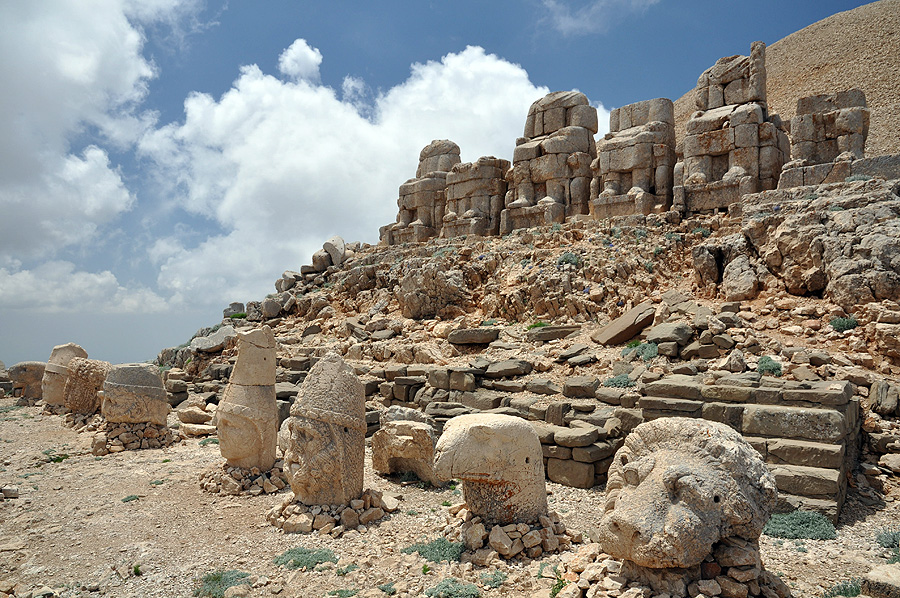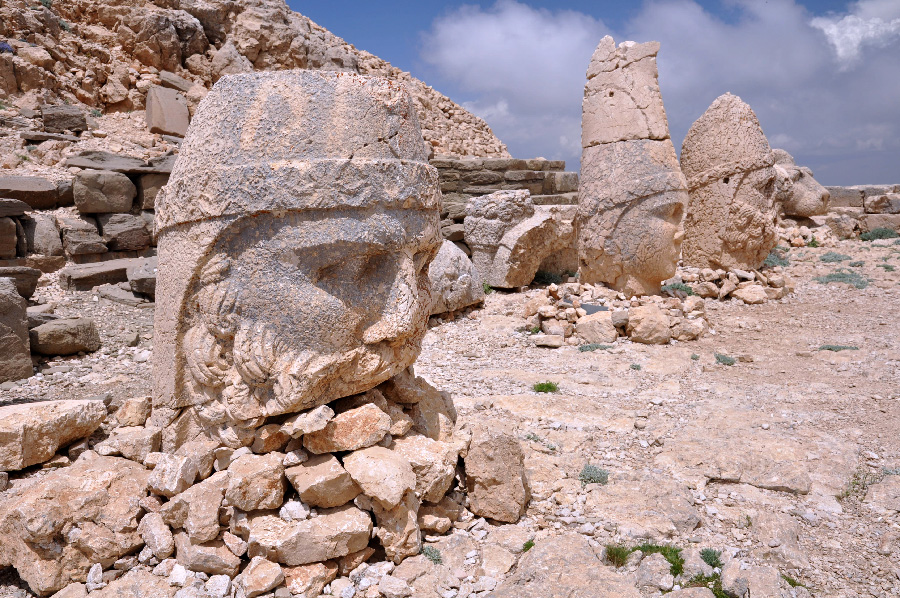The coleopteoroligst' paradise in South-Eastern Anatolia

[Photo © M.Hoskovec]
Southern slopes of mythical Nemrut Dağı (Mount Nemrut), created by vast mountain karst hilly plateaus, represent during May and June one of the richest habitats of steppe Cerambycids and Buprestids in South-Eastern Anatolia. This beautiful mountain landscape, in majority deforested and covered only by limestone rocks with sparse herbal and occasionally also shrubby vegetation, is true coleopteoroligst' paradise.
We discovered this great locality during our first visit of Anatolia in June 1992, and again visited it in May-June of 1996 and 2011. The most interesting part, an unexpected labyrinth of small valleys, ravines, huge old sinkholes and meadows in elevation from 1400 to 1750 m, was created by water during millenia of karst processes in limestone (see the marked Google Map). Here, You can find against wind protected, sunny and southwards oriented spaces with sufficient sources of underground water, suitable for growth of many herbs and small shrubs needful for larval developing of longhorn or jewel beetles.
From numerous species, which we found here [❖], is necessary to remind following Cerambycid taxa:
[❖]
Rejzek M. and Hoskovec M.:
Cerambycidae of Nemrut Dagi National Park (Anatolia, South-East Turkey).
Biocosme Mésogéen, Nice 15 (4): 257-272, 1999. [download]



[Photo © M.Hoskovec]

[Photo © M.Hoskovec]

[Photo © M.Hoskovec]
Nemrut Dağı, one of the highest peaks of the Eastern Taurus mountain range, is a World Heritage Site by UNESCO from 1987. Its summit is crowned by the Hierotheseion (temple-tomb and house of the gods) built by the late Hellenistic King Antiochos I of Commagene kingdom (69-34 B.C.) as a monument to himself. The Hierotheseion is one of the most ambitious constructions of the Hellenistic period. Its complex design and colossal scale combined to create a project unequalled in the ancient world.


[Photo © M.Hoskovec]
